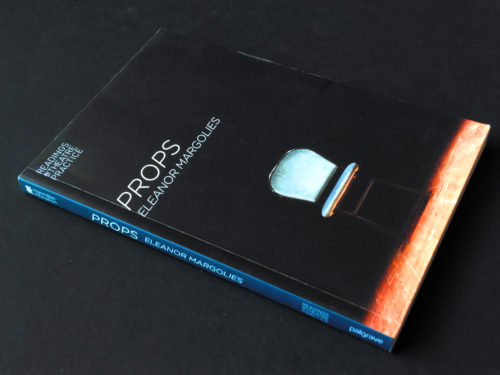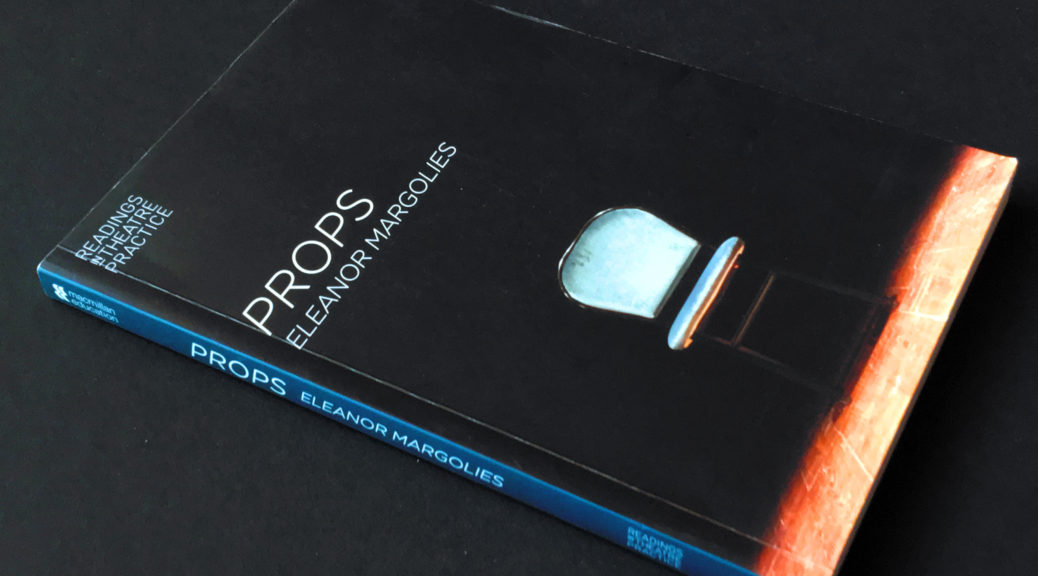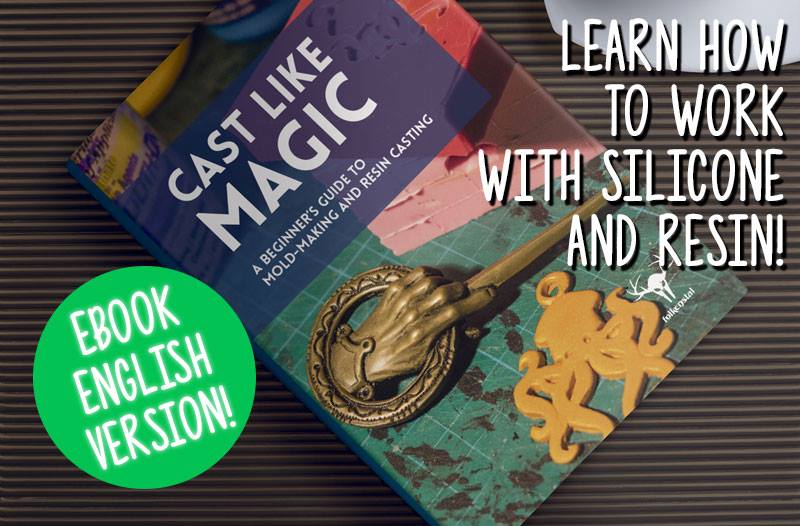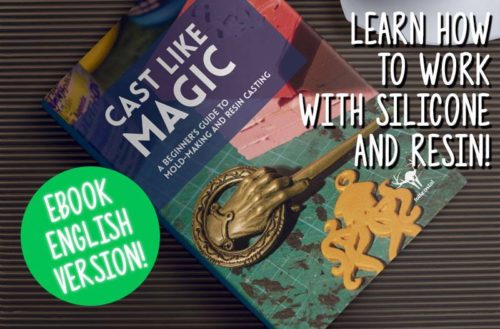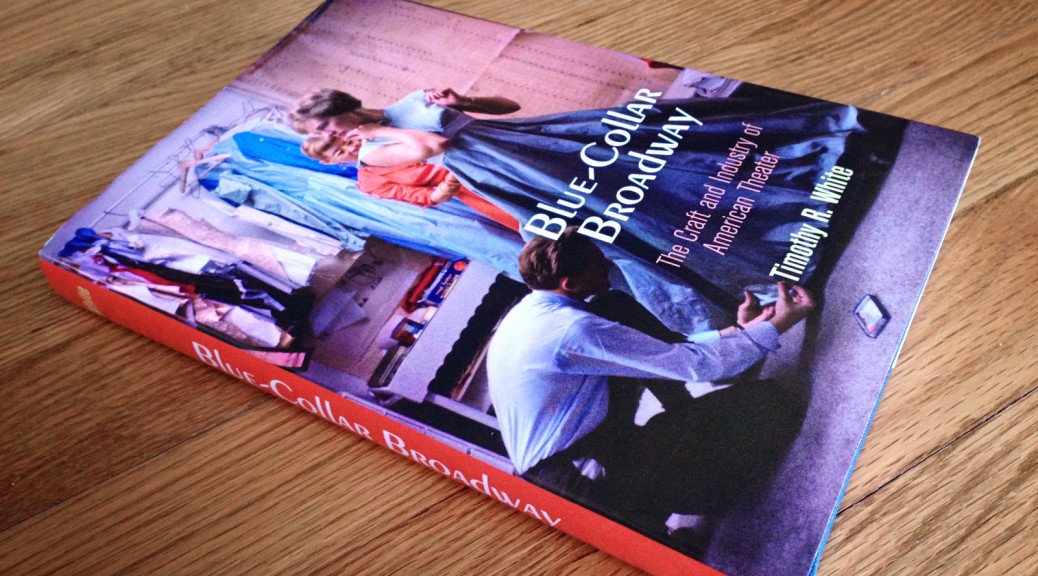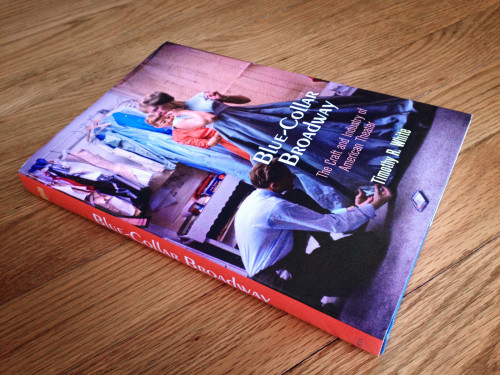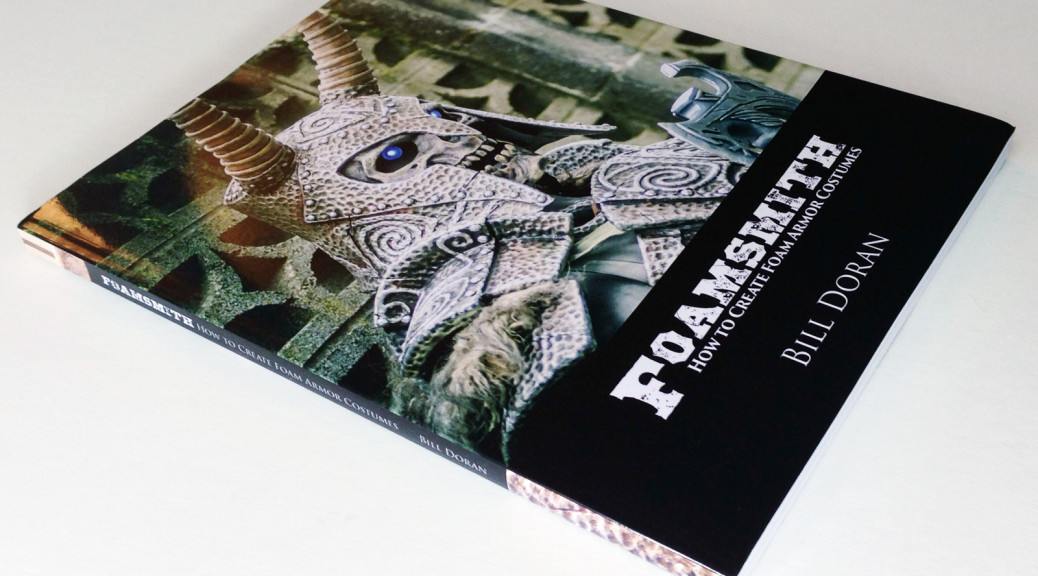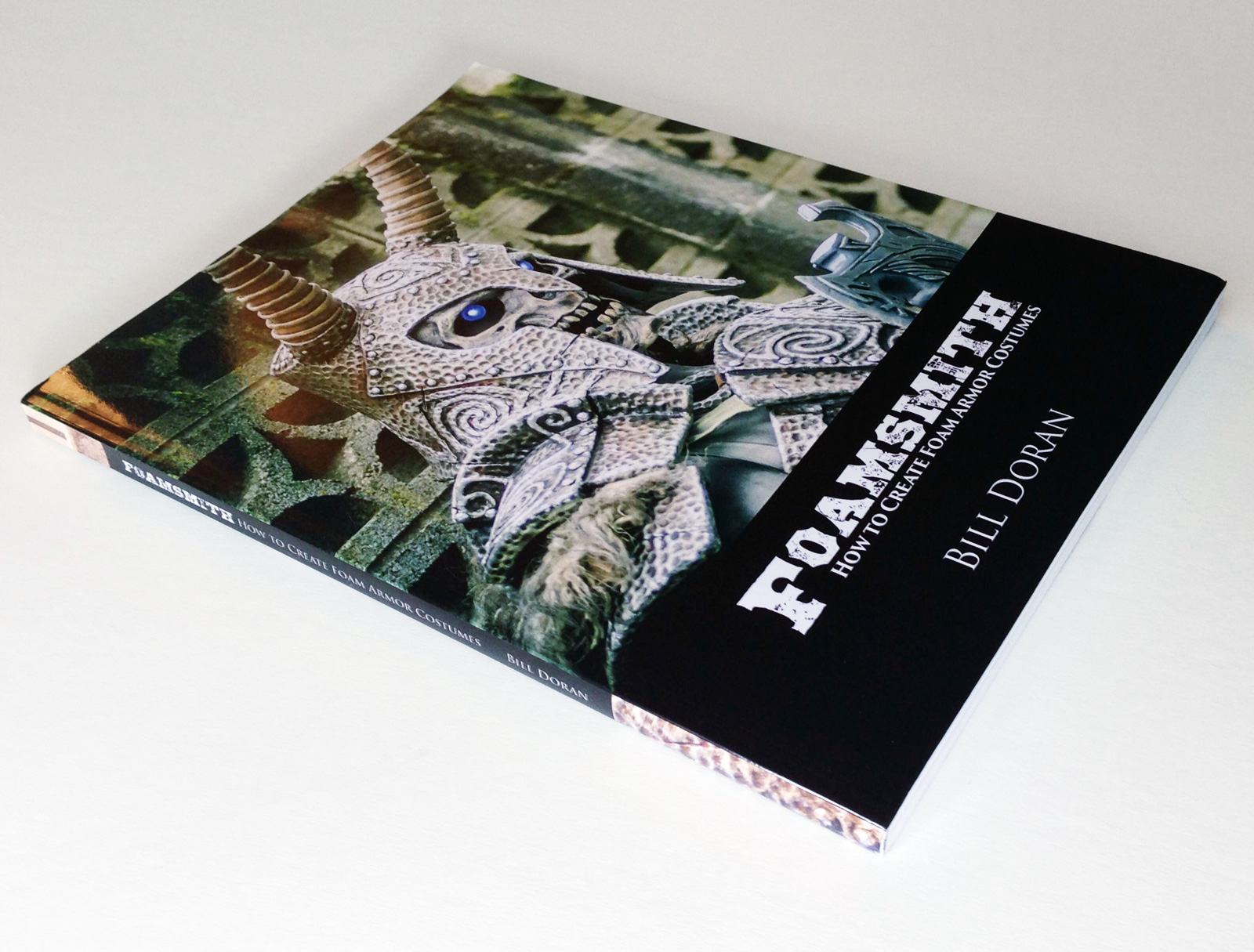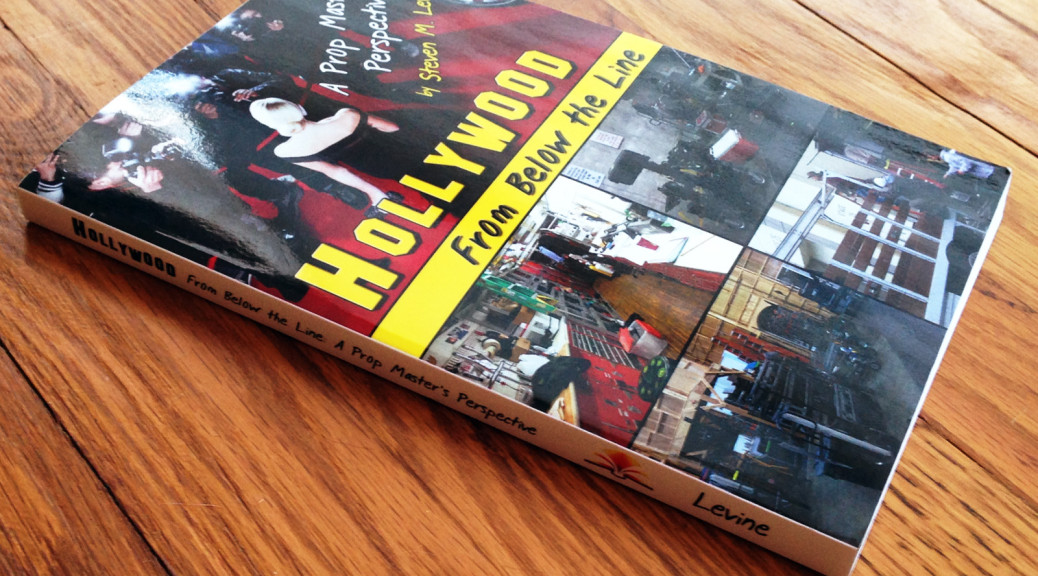Books that deal with the philosophical aspect of props are few and far between. Certainly you can find a few scholarly articles here and there; Theatre Symposium devoted an issue of their journal to props back in 2009 (I presented a paper at that conference). But the last book of this nature would probably be Andrew Sofer’s The Stage Life of Props.
This lack of scholarly interest should come as no surprise. Universities rarely devote time to props as it is, and when they do, it is purely for practical reasons. The study of technical theatre from a historical perspective is growing in popularity, but that remains mostly devoted to scenery, lighting, and perhaps some costuming here and there. So when a book like Props (Readings in Theatre Practice), by Eleanor Margolies, comes along, I take notice.
Margolies begins the book with some usual thoughts about props; how they become text in a performance, the differences between a prop and a regular object, and how audiences perceive the life of a prop.
However, she also delves into the practical side of props, which highlights the importance of studying both. One cannot talk about how props are used in performances without discussing how they get there. It is the limitations of objects, both found and constructed specifically for the theater, that determines how and when they get used. She devotes some time to specific theater troupes and performances which are dependent on props to create a visual world. She also digs back into historical uses of props in various forms of traditional theater. The process by which props and physical materials can be introduced into rehearsals and modified during the process affects what an audience ultimately witnesses.
You will not find a recipe for papier-mache in this book; it is not a handbook for people who need to construct props. However, you will learn about the history of papier-mache and how it influenced the construction of props historically; currently, it is associated with the cheap nature of amateur theater, and has become a cultural metaphor for fakery and imitation. Other practical topics covered include breakaways, consumables, and fake blood.
Margolies’ Props provides a context for further study and discussion about props. You do not need to already be familiar with Veltruský’s work on affordances to be able to follow this book. For me, at least, it left me filled with so many more questions I wanted to explore and areas I wished to research; it was like opening up a dam of ideas that spilled out of my mind. Hopefully, it will provide a renewed interest in the study of props beyond that of its practitioners.
